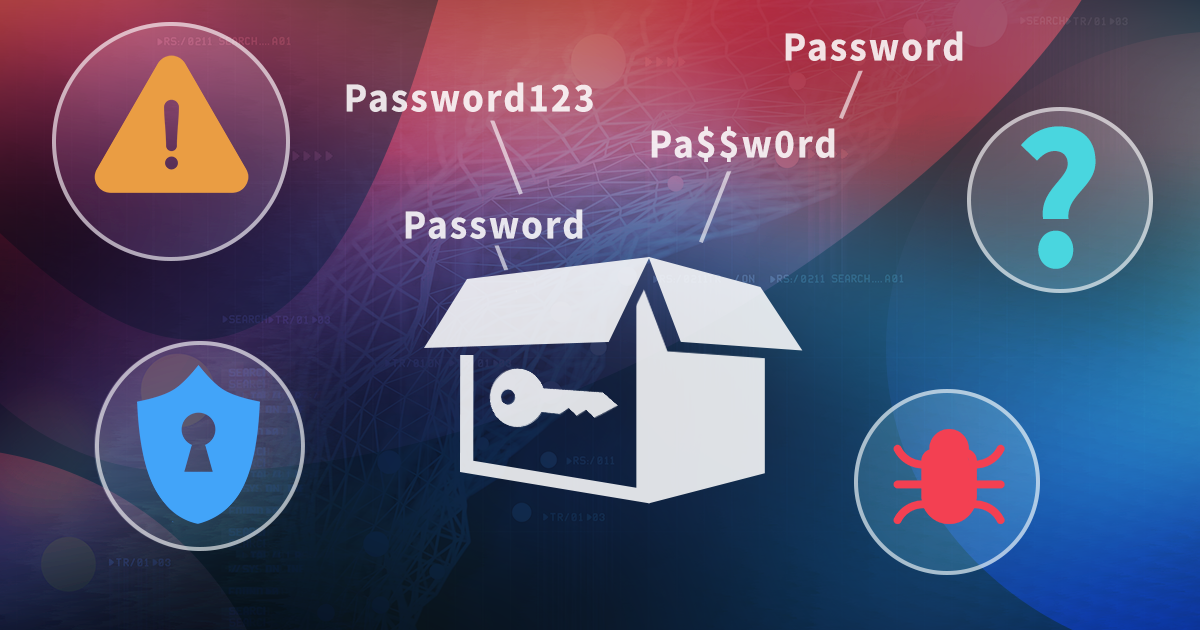One of the key limitations is the rapidly evolving landscape of technology. As new devices, operating systems, and encryption methods emerge, forensic vendors find themselves in a constant race to keep up. The tools they provide may not always be compatible with the latest devices or may have limited success in breaking newer encryption algorithms. This limitation is exacerbated by the fact that many vendors operate on a commercial basis and may prioritize the development of tools for popular devices or data formats, leaving the less common devices overboard.
A tool is just a tool. Use your brain!
Another limitation that forensic vendors may not readily admit is the potential for false positives or false negatives in their analysis. Digital forensic tools are designed to extract and analyze data from various sources, including devices, networks, and cloud services. However, the complexity of digital ecosystems and the sheer volume of data can and does lead to errors in interpretation. The algorithms used by forensic tools may occasionally misidentify or misinterpret data, leading to inaccurate conclusions. This poses a serious challenge for investigators who heavily rely on the findings of these tools in legal proceedings.
Privacy protection as a restraining factor
Privacy concerns also play a significant role in the limitations of forensic tools. In recent years, there has been a growing emphasis on privacy and data protection, leading to increased encryption and security measures. While this is beneficial for individuals and organizations seeking to safeguard their information, it poses a challenge for forensic vendors. Stricter privacy regulations and enhanced security practices mean that vendors may have limited access to certain data, making it more difficult for them to retrieve the required information.
Secrecy and non-disclosure lead to lack of transparency
The inherent secrecy and limited transparency surrounding the inner workings of forensic tools is a major drawback when it comes to pre-sales. Vendors often guard not only their methods and techniques as proprietary information, but keep system device compatibility under cover, making it challenging for forensic experts to assess the compatibility, reliability and accuracy of their tools. Many vendors go as far in maintaining secrecy as not disclosing even the most essential information such as their legally binding license agreements before making a sale. This lack of transparency raises concerns regarding the performance, usability, and compatibility of the tools and, more importantly, validity of the evidence produced by these tools.
Additionally, forensic tools may have limitations when it comes to locked, password-protected smartphone devices. While vendors often tout their ability to unlock a large list of devices and retrieve vital evidence, the reality is that the vendors’ compatibility lists are often incomplete or even kept secret. The tools available to forensic investigators may struggle to unlock any given device, particularly if the device is a branded phone or is not running a specific version of firmware that was tested in the vendor’s lab. As a result, investigators may be left with limited access to crucial evidence, hindering their ability to build a comprehensive case.
We at ElcomSoft take pride in being one of the forensic vendors that prioritize transparency and fully disclose the compatibility and limitations of our tools. We understand the importance of providing accurate and reliable information to our customers, enabling them to make informed decisions without requiring them to make a purchase to access our tools’ full specifications, benchmarks, or license agreements. We openly communicate the devices, operating systems, and encryption methods that our tools are compatible with, ensuring that our customers have a clear understanding of the scope of our capabilities. Furthermore, we emphasize the potential limitations of our tools, highlighting the need for using various extraction and analysis methods and approaches. By being transparent about the limitations of our tools, we aim to foster trust and empower investigators with the knowledge they need to effectively utilize our solutions while being aware of their boundaries.
Conclusion
In conclusion, it is crucial for digital forensic experts to clearly know about the features and limitations of any tools they use, while many forensic vendors fail to acknowledge and fully disclose their solutions’ limitations. The ever-evolving technology landscape, the challenges posed by encryption and privacy measures, and the limited transparency all contribute to the complex nature of digital forensics. Understanding these limitations can help investigators and legal professionals make informed decisions and employ complementary methods to ensure a comprehensive and reliable approach to digital investigations.


